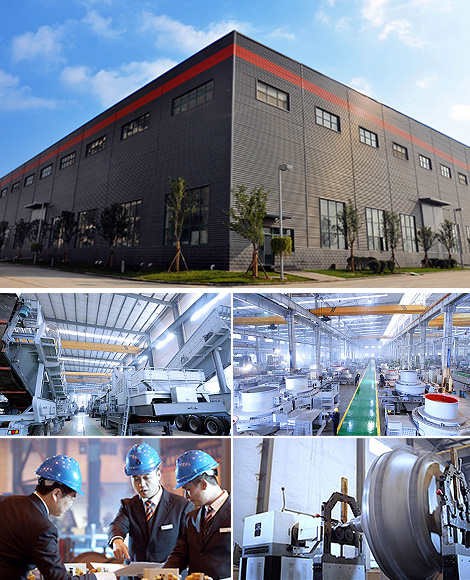# Impact Crusher Grinder for Making 500 Mesh Mineral Powders
## Introduction
The demand for ultra-fine mineral powders (500 mesh and finer) has been steadily increasing across various industries, including pharmaceuticals, ceramics, paints, coatings, and advanced materials. Achieving such fine particle sizes requires specialized grinding equipment capable of delivering high efficiency, precision, and consistency. Among the various grinding technologies available, impact crushers and grinders have emerged as essential tools for producing fine mineral powders.
This article explores the role of impact crushers in producing 500 mesh mineral powders, detailing their working principles, advantages over other grinding methods, key components, operational considerations, and industry applications. Additionally, we will discuss advancements in impact grinding technology and best practices for optimizing performance.
—
## Understanding Mesh Size: What Does 500 Mesh Mean?
Before delving into the specifics of impact crushers for fine grinding, it is essential to understand what “500 mesh” signifies. Mesh size refers to the number of openings per linear inch in a sieve screen. A 500 mesh screen has 500 openings per inch (~25.4 mm), meaning particles passing through this sieve have diameters smaller than approximately 25 microns (µm).
Achieving such fineness requires advanced milling techniques that can efficiently break down minerals without excessive heat generation or contamination.
—
## Impact Crushers vs. Other Grinding Technologies
Several types of grinders are used in mineral processing:
1. Ball Mills – Traditional but inefficient for ultra-fine grinding due to energy loss.
2. Jet Mills – Excellent for ultrafine powders but expensive to operate.
3. Hammer Mills – Suitable for coarse to medium grinding but struggle with fine powders.
4. Roller Mills – Effective but limited by wear issues at high fineness levels.
5. Impact Crushers & Grinders – Ideal balance between efficiency and fineness control.
Why Choose Impact Crushers?
Impact crushers excel in producing fine powders due to:
– High-speed rotor impacts that fracture particles efficiently.
– Adjustable fineness via rotor speed and classifier settings.
– Lower energy consumption compared to ball mills.
– Minimal heat generation (critical for heat-sensitive materials).
– Scalability from lab-scale to industrial production..jpg)
—
## Working Principle of Impact Crusher Grinders
Impact crushers operate on the principle of rapid particle breakage through mechanical collisions. The key stages include:
1. Feed Introduction
Raw mineral material is fed into the crushing chamber via a controlled feed




